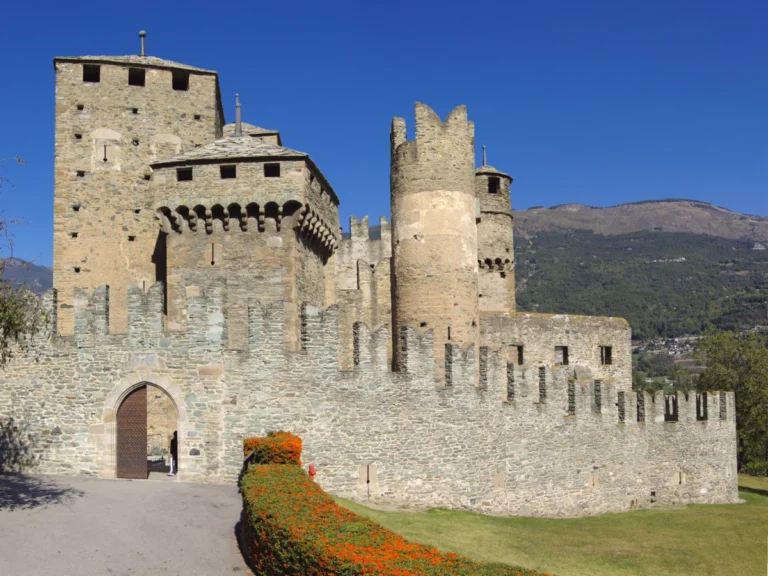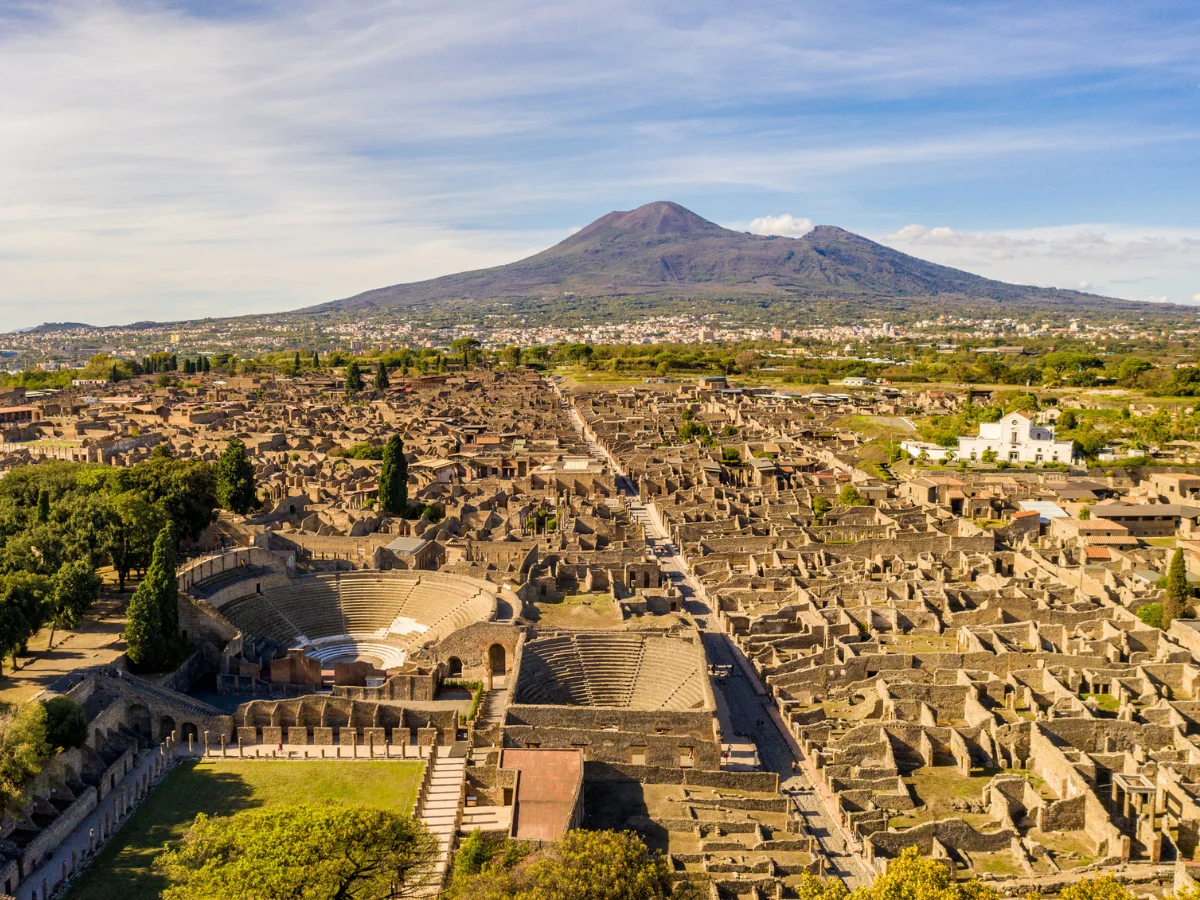Emperor Trajan epitomized Rome's golden age
Emperor Trajan epitomized Rome’s golden age. His military conquests expanded the empire’s borders, while his public works and architectural marvels adorned Rome. Trajan’s diplomacy and administration fostered prosperity and social welfare. His patronage of the arts and philanthropic endeavors enriched Roman culture. Trajan’s death in 117 AD left a legacy of visionary leadership and benevolent rule. His successor, Hadrian, inherited a vast and prosperous empire. Trajan’s reign symbolizes Rome’s peak of expansion, prosperity, and cultural achievement. His legacy continues to inspire admiration, marking him as one of Rome’s greatest emperors.

Ancient Rome: Emperor Trajan epitomized Rome's golden age
Emperor Trajan, born Marcus Ulpius Traianus, ascended to the throne of the Roman Empire in 98 AD. His reign marked one of the most prosperous periods in Roman history, characterized by military conquests, territorial expansion, and monumental architectural projects.
Early Life and Rise to Power
Trajan was born in the Roman province of Hispania Baetica, in present-day Spain, to a prominent Roman family. He displayed military prowess early in his career, rising through the ranks to become a trusted general under Emperor Domitian. Upon Domitian’s assassination, the legions stationed in the Danube region acclaimed Trajan as emperor, prompting his coronation in 98 AD.
Military Campaigns and Expansion
One of Trajan’s most significant achievements was his military conquests, which expanded the boundaries of the Roman Empire to their greatest extent. He launched campaigns against the Dacians in present-day Romania, culminating in the annexation of Dacia as a Roman province in 106 AD. His victory over the Dacians is immortalized in Trajan’s Column, a triumphal monument in Rome.
Administrative Reforms and Public Works
Trajan’s reign was also marked by administrative reforms and ambitious public works projects aimed at improving the lives of Roman citizens. He implemented measures to alleviate poverty, including the construction of aqueducts, roads, and bridges to facilitate trade and transportation throughout the empire. Trajan’s Forum, a sprawling complex in Rome, stands as a testament to his architectural legacy.
Cultural Patronage and Civic Development
In addition to his military and administrative achievements, Trajan was a patron of the arts and culture. He sponsored numerous public spectacles, including gladiatorial games and theatrical performances, to entertain the populace and maintain social order. Trajan’s benevolent rule earned him the admiration of the Roman people, who revered him as one of the greatest emperors in history.
Legacy and Historical Impact
Trajan’s reign is often regarded as the pinnacle of Roman imperial power and prosperity. His conquests expanded the empire to its greatest territorial extent, while his administrative reforms laid the groundwork for centuries of stability and prosperity. Although his reign was relatively short-lived, lasting only nineteen years, Trajan left an indelible mark on the history of the Roman Empire.
Conclusion
Emperor Trajan’s legacy endures as a testament to the heights of Roman power and civilization. His military conquests, administrative reforms, and patronage of the arts exemplify the virtues of Roman leadership and governance. As one of the “Five Good Emperors” of Rome, Trajan’s reign remains a symbol of strength, stability, and prosperity in the annals of history.



